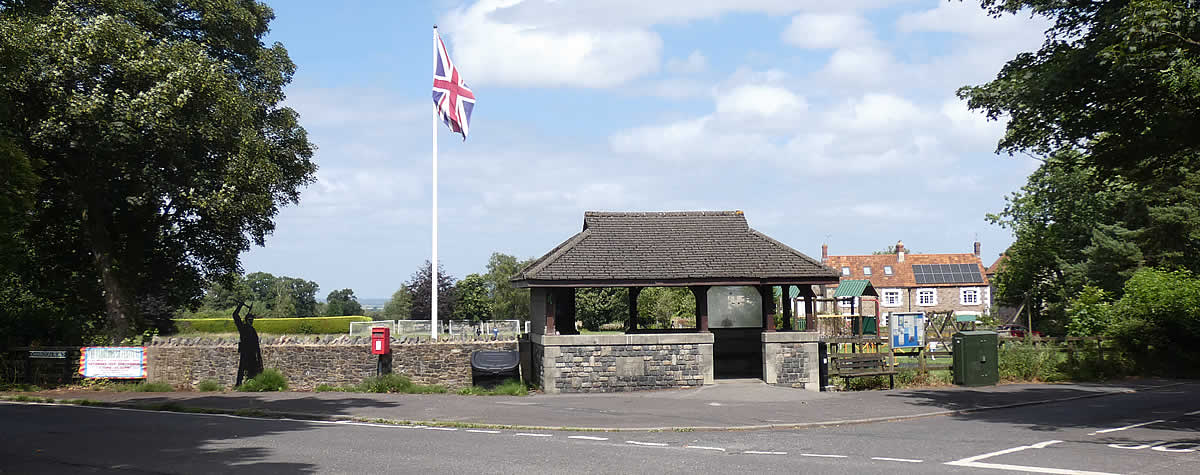About Holcombe
Holcombe's single most defining characteristic, and the one most valued by many of its inhabitants, is its rural nature. There is a strong sense of being 'in the countryside' everywhere in the village, either because of the immediate proximity of fields, woodland or meadows, or because of far-reaching views across unspoiled countryside to the Mendips. The majority of houses in the village enjoy good views of surrounding countryside. Although Holcombe has no village green or obvious central point it does have a significant and valued playing field and recreation area where all the main approach roads to the village meet. This, together with the surrounding fields and meadows, helps create a sense of spaciousness in the village, much loved by the village inhabitants.
There are over 400 homes in Holcombe. There is no predominant age or style of buildings: the earliest building still in use in the village dates from the sixteenth or seventeenth century. The village is composed of a mixture of individual buildings and small groups. The groups take different forms, ranging from a Victorian terrace to small estates built in the 1970s and 1980s, each with its own distinctive style and design features. There is ex-local authority housing and housing association dwellings (built specifically for village residents) in Longleat Road, and there is a group of sheltered bungalows for elderly residents.
There are two main cross-roads in the village, one notable for the Playing field, the meeting of all the main approach roads, the Lych-Gate (built in 2003) and the Village Hall, the other by the old shop/post office (now a private dwelling). The two pubs (one of which forms part of a hotel/restaurant) are well patronised, despite being positioned at the extreme ends of the village.
Holcombe is situated on the eastern extent of the Mendip Hills, at the top of Holcombe Hill and extending down a south facing slope. The southern boundary is the Nettlebridge valley. It is roughly equidistant between Bath and Wells and just to the east of the Fosse Way (A367 through Stratton-on-the-Fosse). The surrounding villages are Stratton-on-the-Fosse, Coleford, Charlton, Kilmersdon, Leigh Upon Mendip and Stoke St. Michael, all of which lie in adjoining parishes. The highest point in the village is at the crossroads, 193m above sea level.
Holcombe enjoys a variety of open spaces, rural views and surroundings which underpin the whole life and character of Holcombe. All the roads into the village are distinctly rural; they are narrow lanes through farmland bordered by hedging, smallholdings, paddocks, woodlands, hillsides and the river, all of which give a variety of landscape and open views. For residents of the village and visitors alike these features may be enjoyed from an excellent network of footpaths. The several springs and streams in the village support wildlife and contribute further to the attractiveness of the surroundings. Geologically, much of Holcombe lies above rocks from the carboniferous age, which are mainly of limestone with inter-bedded coals and sandstones. The existence of rock and coal measures explains the development of mining and quarrying as local industries.
The distribution of buildings is largely determined by the village's position on the side of the hill and, due to the joining up of Holcombe with the nearby original hamlets of Edford and Street, the shape of the village is concentrated along the north-south axis of Charlton Road/Holcombe Hill, with a lower concentration along the east-west cross-road. The hamlet of Ham remains separate from Holcombe, although two properties are within the Holcombe parish boundary.
In addition to the surrounding open spaces, the generally low level of building density within much of the village adds to the feeling of spaciousness. The relatively open large gardens belonging to several houses provide visual open spaces; even those that are more closed-in ensure that the density of building remains low.

